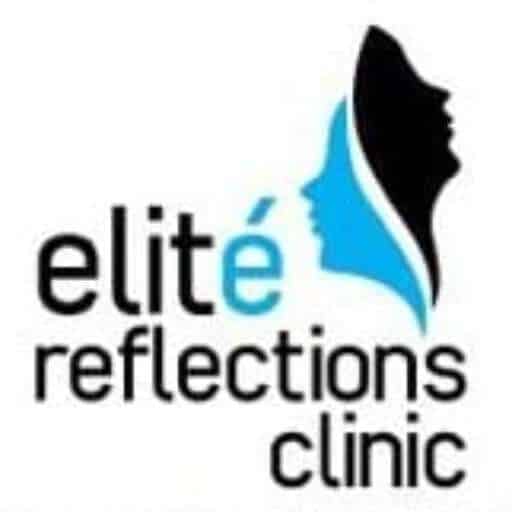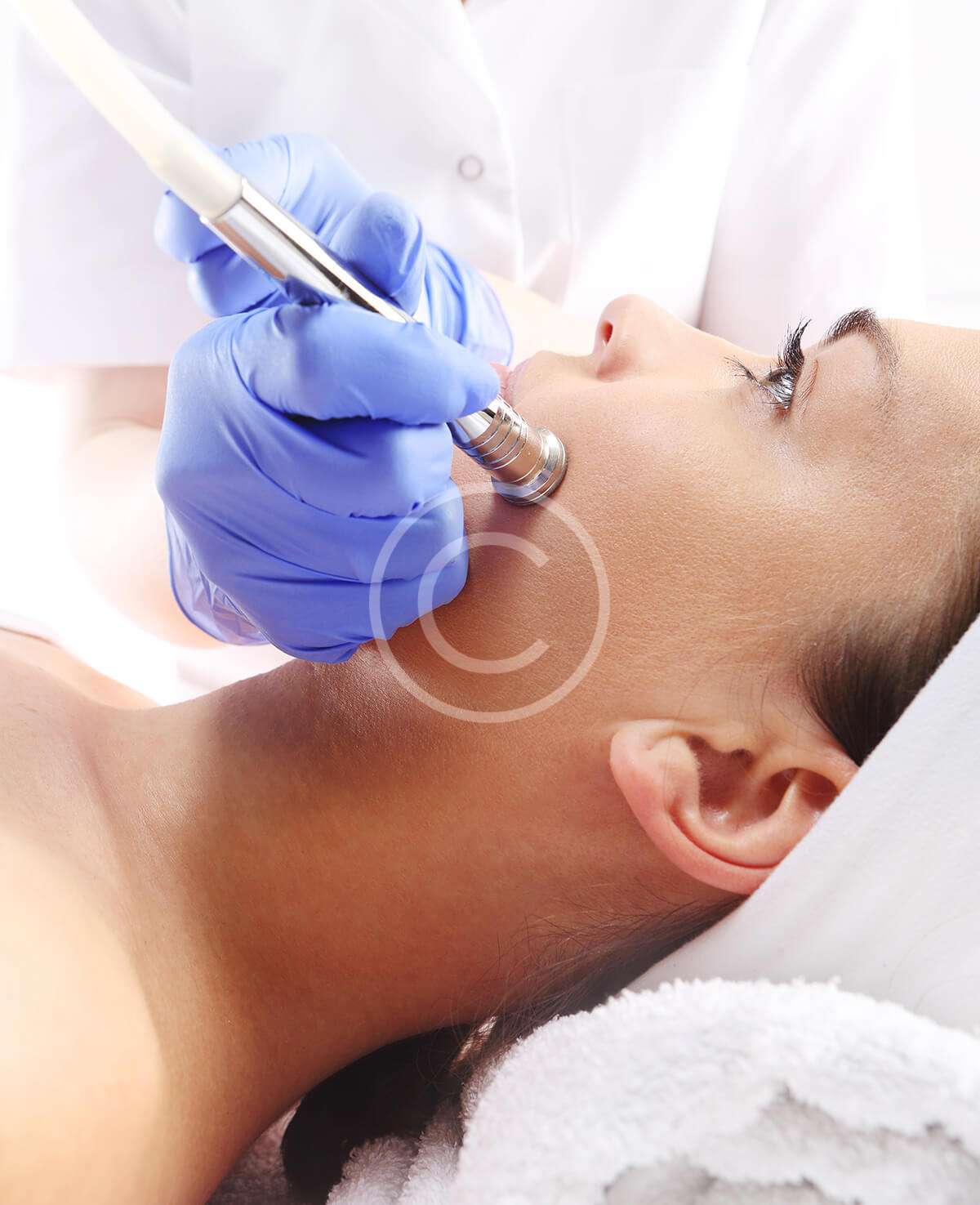What is cryotherapy ?
Cryosurgery is the use of extremely cold temperatures to treat abnormalities of tissue.
In the field of dermatology, we use liquid nitrogen stored in an insulated canister to treat many types of benign skin growths, pre-cancerous lesions and even superficial skin cancers. We apply the liquid nitrogen through a nozzle on the insulated canister or we use a cotton-tipped applicator dipped in liquid nitrogen and applied directly to the lesion being treated.
The extreme cold temperatures freeze the skin cells and as it thaws the cells break apart facilitating the removal of the lesion.
What are the most common areas of cryosurgery application?
Many patients visit a dermatologist for a comprehensive full body skin check.
During this skin exam, we are identifying any suspicious lesions concerning for precancer, abnormal moles or skin cancer. During the exam, many will point out lesions on their skin that are benign, or harmless, but because of their location they may be causing the patient discomfort or irritation and they request their removal.
There are several ways to remove skin lesions and cryosurgery is one of the most common and easily accessible options.
Depending on the size and location of the lesion, it is treated for a few seconds and allowed to thaw. This may be repeated for 2-3 cycles. After treating the lesion with liquid nitrogen, the patient can expect the lesion to turn slightly pink to red, swell and over the next few days develop into a crust which will fall off in about 5-14 days.
We also use cryotherapy to treat verruca vulgaris.
This is often used in combination with other treatment modalities and can effectively treat warts in just a few monthly sessions. This destructive method sends the immune system into action to help the body rid the wart from the skin. Warts often take multiple treatment sessions for removal.
We often use cryotherapy for precancerous lesions called actinic keratoses. These are slightly pink, rough textured growths which may be tender to the touch. They are most commonly present in sun exposed surfaces of middle-aged to older individuals.
Actinic keratosis has a risk of turning into skin cancer, so treatment is recommended to prevent the need for potentially more invasive therapies in the future.
Cryotherapy may also be used as a treatment option in patients with superficial skin cancers who are not candidates for conventional surgery
Is cryosurgery popular nowadays or its use is rare?
Cryotherapy is a very commonly used treatment used in dermatology.
We use this minimally invasive treatment option many times throughout the day for the removal of benign skin lesions such as seborrheic keratoses, skin tags and warts as well as for precancerous and malignant skin lesions.
It has very effective and reliable results with minimal side effects or downtime.
Frequently asked questions
Is cryotherapy safe?
Whole body and local cryotherapy are very safe. The vapor inside the cryo-gun is ambient air that has been chilled with liquid nitrogen. Nitrogen is non-toxic and is heavier than air so nitrogen vapors remain below the rim of the cryo-gun. Clients must also remove all metal from their bodies as it becomes extremely cold during cryotherapy.
How many whole body and/or local cryotherapy sessions should I do?
The optimal number of cryotherapy sessions is dependent on each client’s health and wellness objectives. For local cryotherapy, including CryoFacial, best results are achieved with a ten pack series. Ten sessions effectively addresses inflammation and pain relief and will activate collagen production. Ten sessions is the minimum number of sessions to see visual reduction in acne, superficial scaring and fine lines and wrinkles. We are happy to discuss individual health concerns and will customize a treatment protocol to maximize your health and wellness recovery. Consistent on-going cryotherapy use will prolong the benefits and eventually, can create permanent health, fitness and beauty improvements.
IS THE NITROGEN APPLICATION OF CRYOTHERAPY DANGEROUS?
Absolutely not. Nitrogen gas is a non-toxic natural gas. The atmosphere that we breathe is composed of 78% Nitrogen, 20% oxygen and 2% other elements. Nitrogen gas is utilized in Cryotherapy for its stable properties at very low temperatures.
WILL I BE ABLE TO TOLERATE THE COOL TEMPERATURES OF CRYOTHERAPY?
Cooled Nitrogen gas is very dry, so the feeling is not comparable to very cool water — it actually feels less uncomfortable and cold for this reason. The process of Cryotherapy never freezes the skin or soft tissue; the sensation of coldness is what actually drives the systemic response.
WILL I BE ABLE TO TOLERATE THE COOL TEMPERATURES OF CRYOTHERAPY?
Cooled Nitrogen gas is very dry, so the feeling is not comparable to very cool water — it actually feels less uncomfortable and cold for this reason. The process of Cryotherapy never freezes the skin or soft tissue; the sensation of coldness is what actually drives the systemic response.



